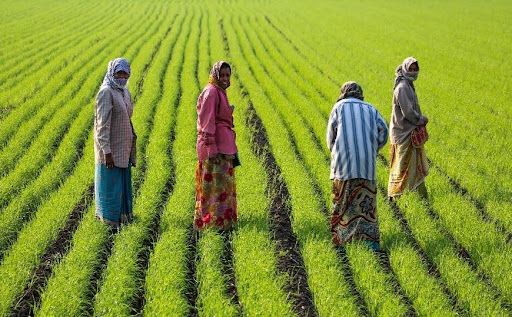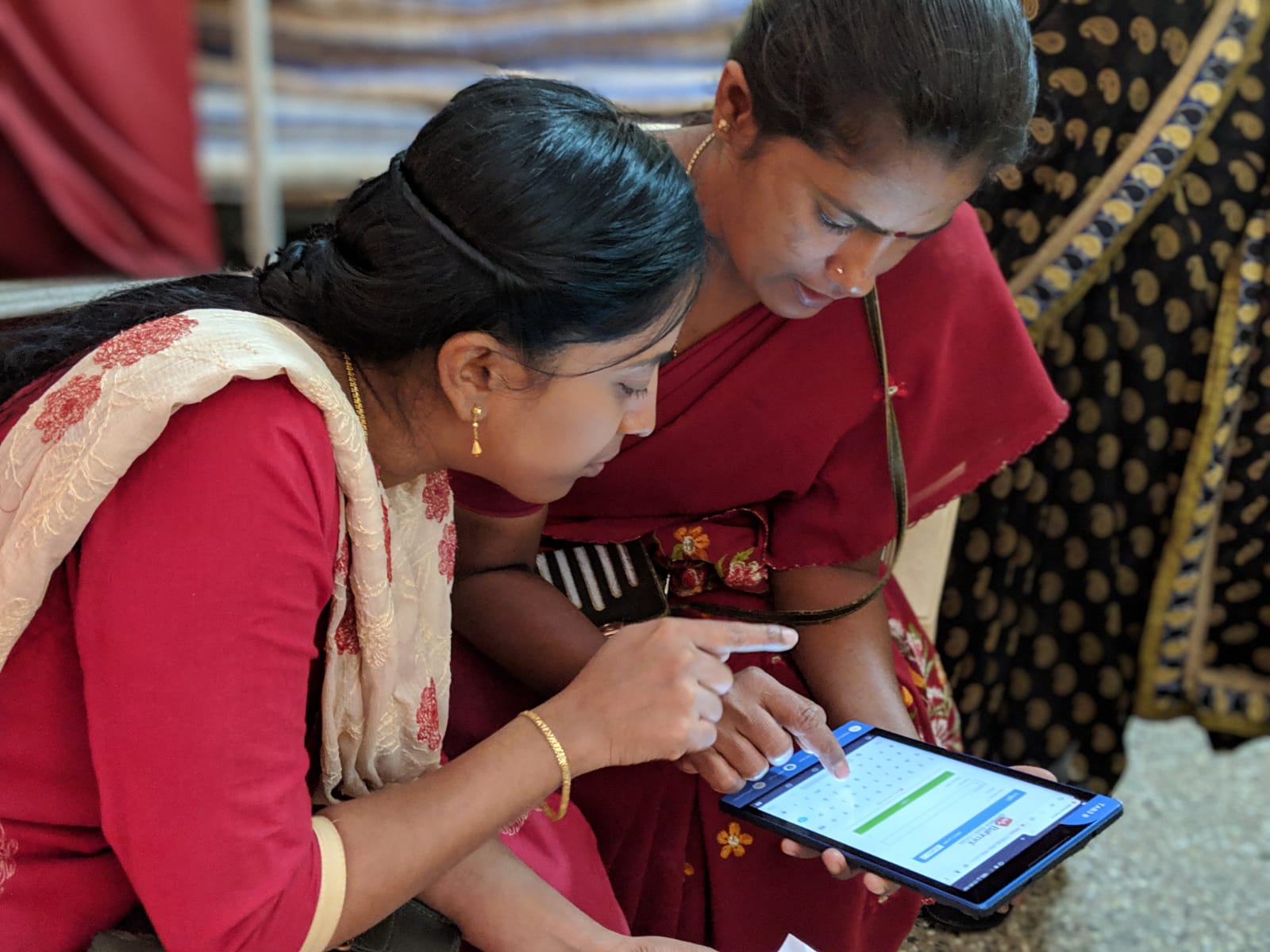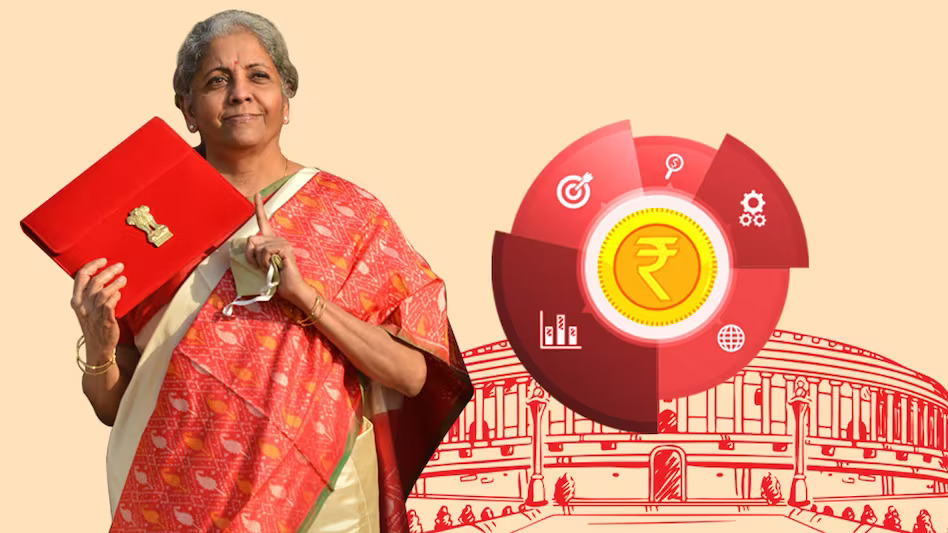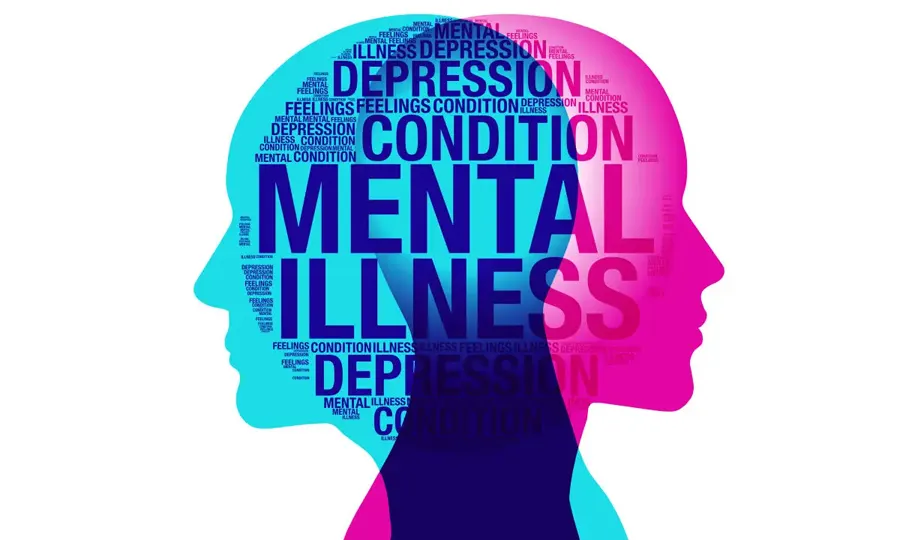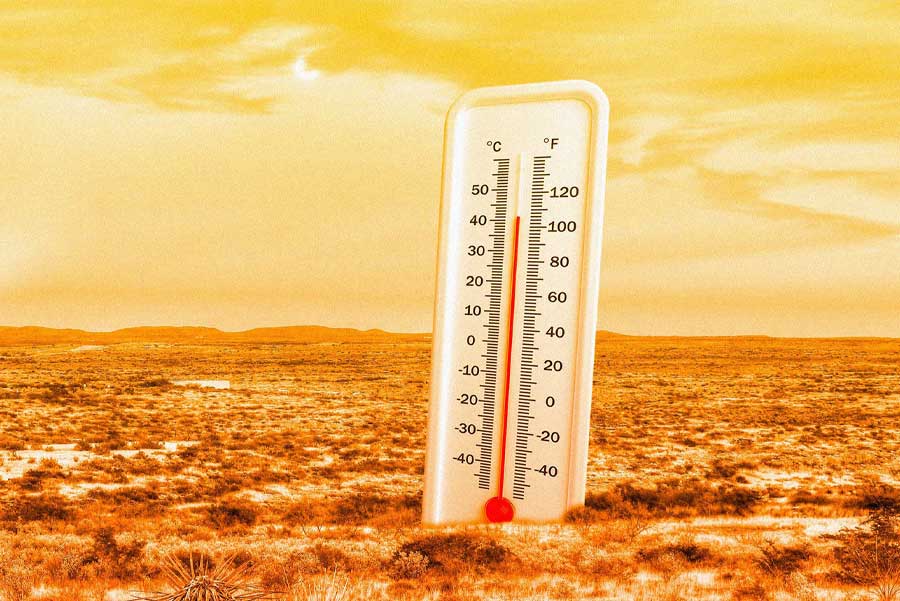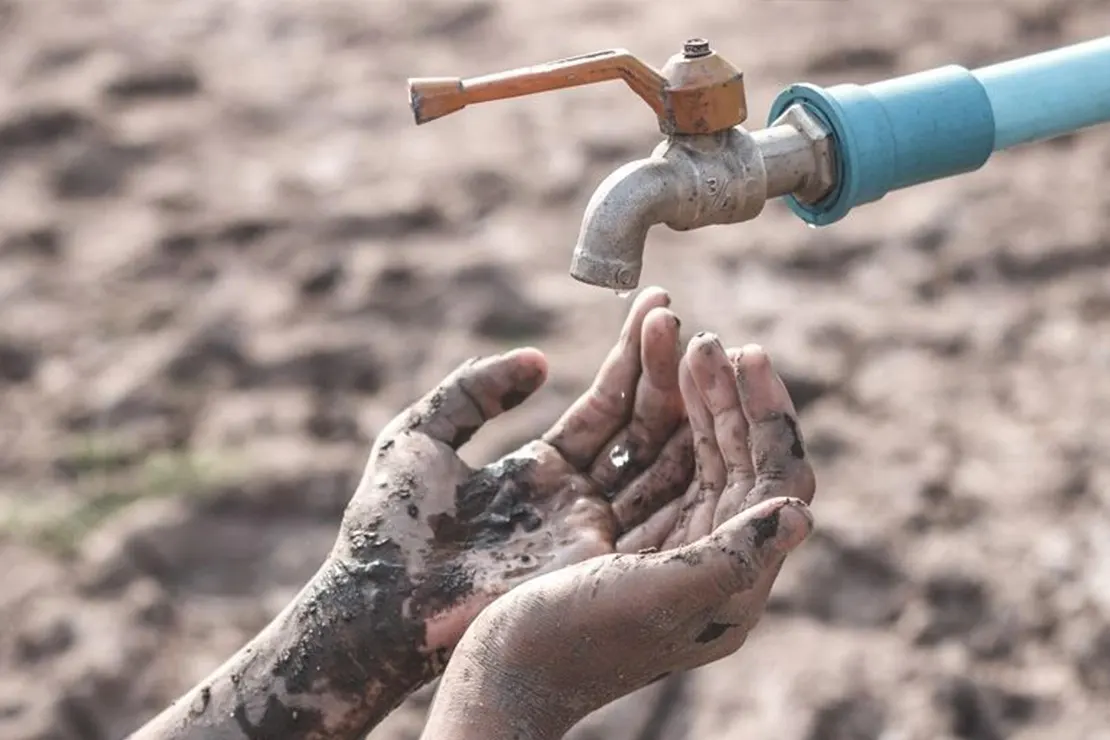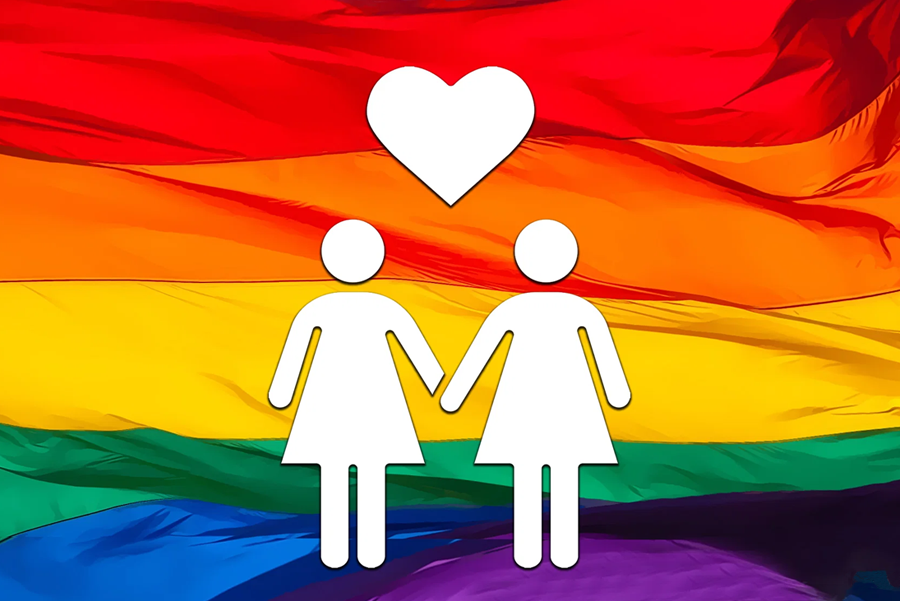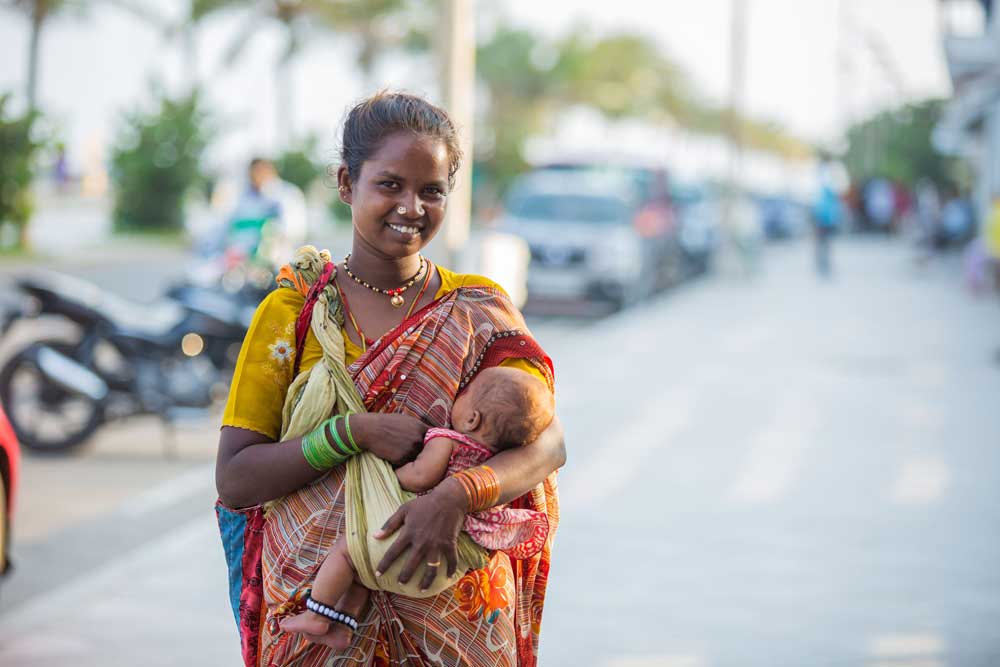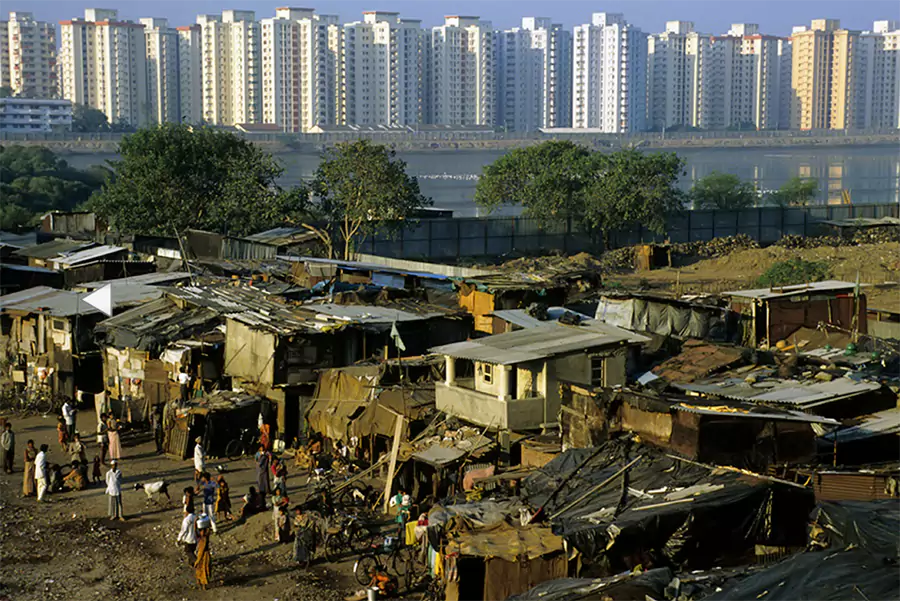‘Why aren’t people terrified? What do we have to say? What do we have to do?’ – This dialogue, a desperate plea for help, is from the recent movie Don’t Look Up that released in 2021. A satirical take on the climate crisis, an exasperated astronomer, one of the main characters, asks this question while trying to get the attention of the media and government, as a comet, hurtling through space with earth in its path, threatens to end all life in a matter of months. The fast approaching comet is an allegory for climate change, leading the astronomers to desperately attempt to tackle the government, political, celebrity, and media indifference to the impending crisis, much like the struggle and frustration of climate scientists today.
This isn’t the first, nor will it be the last, movie that has tried to draw our attention to climate change and environmental damage that could leave earth essentially inhospitable and inhabitable. The Day After Tomorrow, Avatar, Snowpiercer, Downsizing, First Reformed, Interstellar, just to name a few, are some of the many movies, that have directly, indirectly, subtly or not so subtly, dealt with the issue of a world changed as a result of human action and a changing climate. Apocalypse movies are a genre in themselves, and today, thanks to climate change and global warming, our apocalyptic futures in movies are no longer limited to fantastical scenarios of extraterrestrial invasions or a zombie apocalypse, but a very possible and real reckoning with the consequences of our actions. While of course these movies use creative license to show fictionalized, highly exaggerated, unlikely and extreme version of events that could take place, their basic premise is the biggest and very real existential crisis that we as a planet currently face. While unlike in the movies, the population of the planet may not be wiped out, most of us will survive to actually have to live through the repercussions of rising temperatures and environmental damage. That is, if we do not take action now.
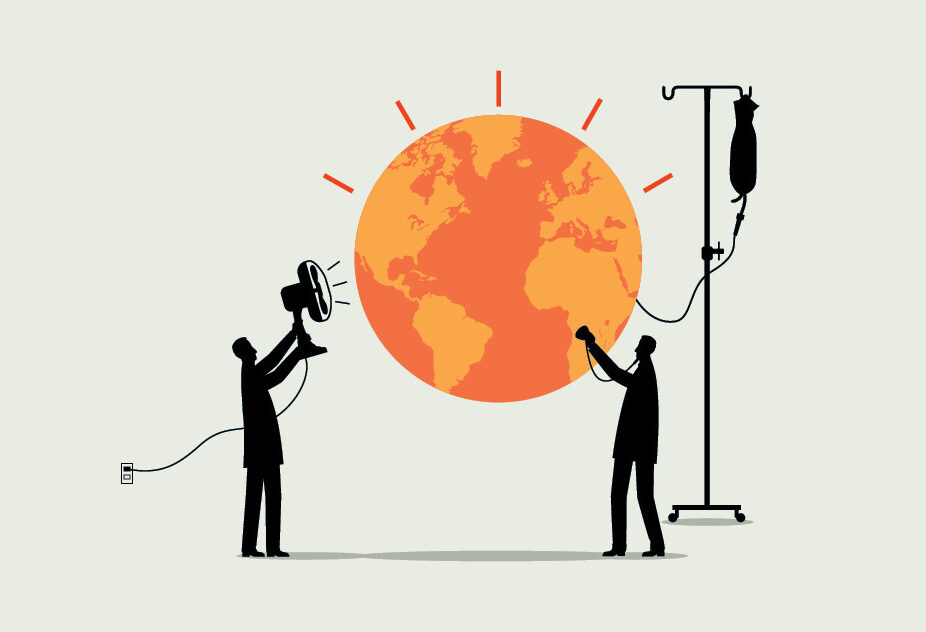
This is not our first warning
Scientists have been warning us for decades of the devastating impacts that global warming can and most likely will have on the health and well-being of the planet and the people. In the last few months, the United Nation’s Intergovernmental Panel on Climate Change (IPCC) has released three reports as part of its sixth assessment report. According to the reports, over 3.5 billion people or 45% of the global population are living in highly vulnerable areas now. The first part of this report, which was released in August 2021, had said that global average temperature will see 1.5°C of warming in the next 20 years from the pre-industrial (1850-1900) level with a possibility of it reaching 3.2°C by the turn of the century, labelling it a “code red for humanity”.
The second report assessed, for the first time, the regional effect of climate change, finding that several big cities of the world are at risk with India described as one of the most vulnerable countries. It said that about 35 million people could face annual coastal flooding by 2050, while a staggering 45-50 million are at risk of it by the end of the century. The report warned that Mumbai could face flooding while Ahmedabad was at risk of facing a serious heatwave. In fact the damage just to Mumbai from rising sea levels could be to the tune of $162 billion a year by 2050.
UN Secretary-General António Guterres, mincing no words, dubbed the latest report, released three days ago, as an “atlas of human suffering”.
The impact is not going to be limited to the environment and ecology
If it remains unchecked, climate change will not only alter the environmental and ecological make up of the world forever, it will also impact human health and life as you and I know it. Echoing what climate scientists have been saying for years, the IPCC reports too predict that the world will see a rise in water and vector-borne diseases like diarrhoea, cholera, dengue, malaria, etc., communicable and non-communicable diseases, and also affect the mental health of people. And this will happen sooner rather than later. We could see the impact possibly even in our lifetime, and almost certainly in the lifetime of the children being born today. While there are many aspects of health that will be impact by a changing climate, there are three that I would like to draw attention to, three that we can already see the beginnings of.
Water-borne diseases are on the rise
If there is one thing that we need and use everyday, it is water, and climate change will not be sparing it. It will have ramifications for both its availability and quality thus making it life-threatening. The burden of water-borne diseases is already high in India with 37.7 million people, especially children, suffering from them. Every year, an absolutely unacceptable number of children, currently standing at 1.5 million, are losing their lives to diseases that have infiltrated our waters.
How climate change will have an impact on water-borne diseases is a fairly simple chain of events. Rising temperatures mean that weather-related events, such as floods and drought, will increase not only in frequency but also in severity. The floods in Uttarakhand, Chennai, Assam in the last decade are just a few examples of climate induced floods in the country. The IPCC estimates that both the Ganga and Brahmaputra river basins will witness increased flooding in the coming years. Floods provide an ideal home for diseases like diarrhoea, cholera, dysentery, typhoid, giardiasis, salmonellosis, to breed. If there is a drought, sanitation and hygiene is affected since availability of water is limited and of a quality that leaves much to be desired, which in turn can encourage water-borne diseases to spread and thrive.
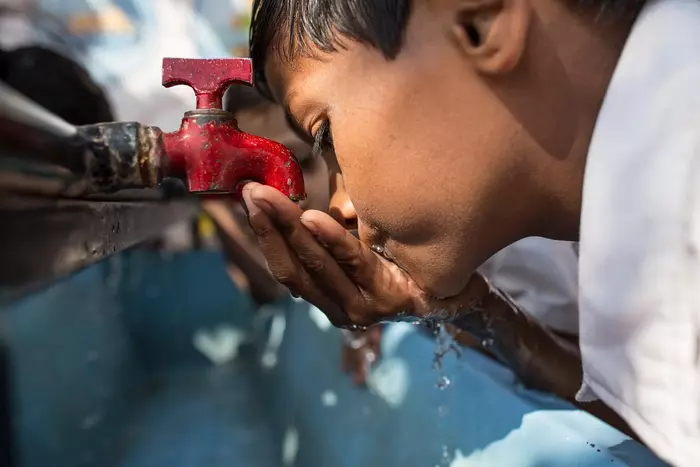
Water shortage and the disproportionate impact on women
There is no doubt that women will be more adversely impacted by climate change and will bear the greater burden as compared to men. While water scarcity and quality will impact many aspects of women’s lives, it will particularly affect their health and physical well-being. Traditionally in India, especially in rural areas, women are responsible for collecting water. Often these collection points are far, and they need to walk several kilometres to and from carrying the weight of the water. As the availability of clean water gets affected due to global warming, women may need to travel farther away. This daily and arduous task makes women more susceptible to heat strokes and can also lead to serious orthopaedic issues.
For menstruating women and girls, the twin challenges of access to water and menstrual health products is already an issue that requires urgent attention. Many girls miss school, or drop out, because their schools may not have clean running water and/or they do not have access to sanitary pads. Some women and girls use cloth or cloth pads when they are menstruating, but washing them with water that is often contaminated can lead to serious infections. If water becomes more scarce and more toxic, it could be disastrous for women’s health and lives.
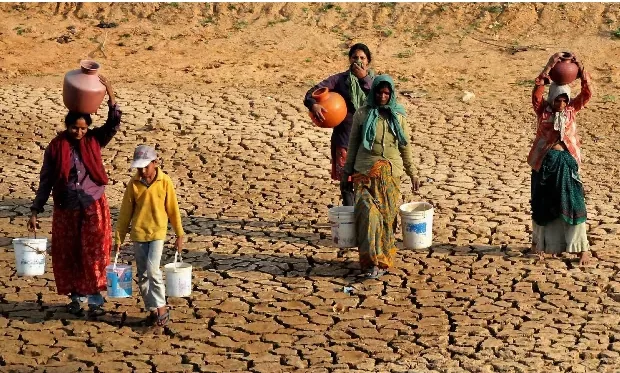
Increasingly toxic air quality
Every year, around wintertime, the air quality in India, particularly that of Delhi makes it to the headlines. As the air becomes hazier, often appearing like fog, our eyes start watering, throats start itching, and air purifiers start selling out in the city. Every year we seem to be breaking new records of how hazardous our air is getting surpassing international standards daily, making it an increasingly serious health and environment issue. According to the 2021 World Air Quality Report, Delhi has been the most polluted city for four years running, while India is the fifth most polluted country in the world. While we usually hear how pollution is a key cause of global warming, a changing climate in turn is also adversely impacting air quality.
The extreme weather events we are increasingly witnessing lead to the phenomenons of atmospheric stagnation, increase in the concentration of PM2.5 in the air which is driven by temperature, and ground level ozone formation. Children, the elderly, and the immunocompromised are particularly vulnerable to bad air quality. Some of the pollutants in the air are particularly insidious, and are so small that it is easy for them to make their way into our bloodstream through our lungs. While burning eyes and throats and irritated noses are felt by most, the silent damage that it is causing in the long-term is far worse than we realise as it impacts nearly all organs of the human body. Air pollution impacts the heart, brain, liver, kidneys and nerves and has been associated with several health issues such as neurological ones like cognitive impairments and strokes, heart disease, pulmonary and respiratory disease, cancers, diabetes and can also impact pregnancy outcomes.
India is already witnessing air pollution-related deaths with estimates putting the number at 2.5 million each year. While Delhi makes it to the news, it is not the only city choking on bad air, and the problem is widespread across the country. None of this bodes well for us or for our future.
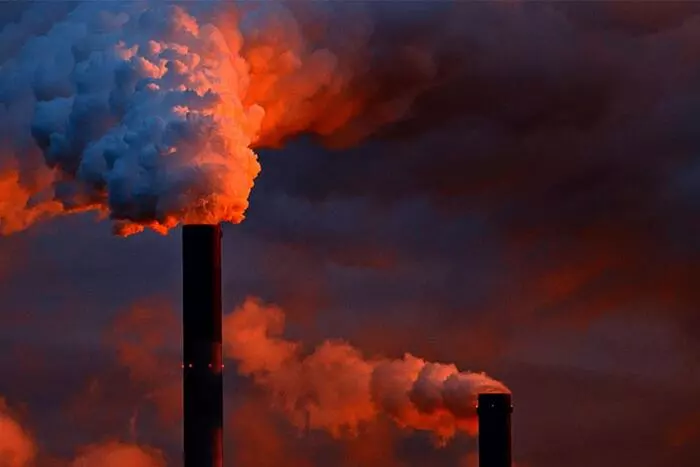
Let’s stop pressing the snooze button, before it is too late
In The Day After Tomorrow, we see humanity facing a catastrophic future fuelled by an altering climate. While the movie did play it fast and loose with science, there was one dialogue in it, that was true when it was released nearly 20 years ago and holds true today –“What I do know, is that if we do not act soon, it is our children and our grandchildren who will have to pay the price.” The children and grandchildren that will suffer the consequences of any inaction on our part today are already born. The cost of inaction, indifference, and apathy is too high. The IPCC has already predicted that to prevent irreversible damage we have to take action in the next three years – let this be the wake-up call that finally snaps us out of our complacency. While the government will need to lead the country in doing this, we also need to play our part. The demand and drive for change in the country needs to come from its citizens. And we need to do this every day, not just on World Health Day.
The three issues I have highlighted just about touch the surface of the actual magnitude of what would be an unparalleled health disaster. Though some of us are better off and seemingly unaffected today because of the privileges we have, ultimately climate change will spare no one. Whatever the next few years and decades bring, we can’t say we were not warned.



